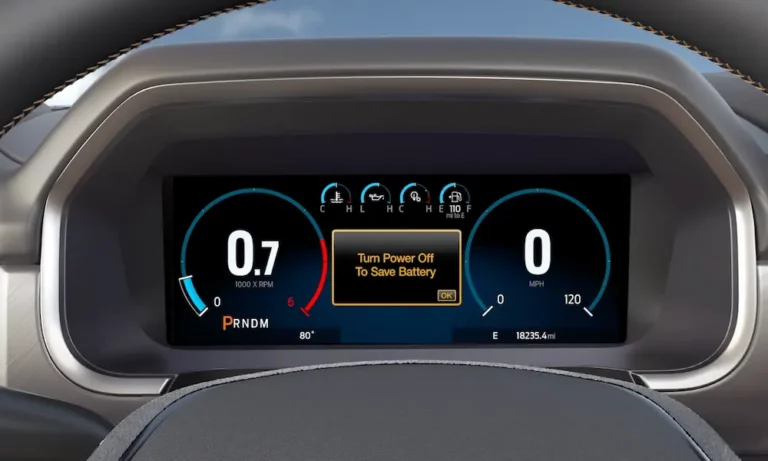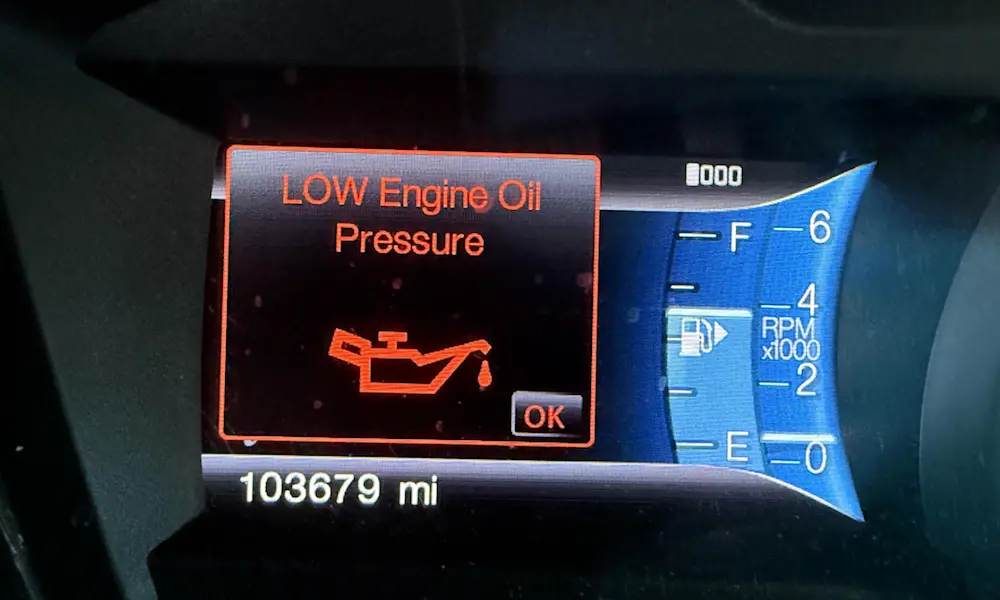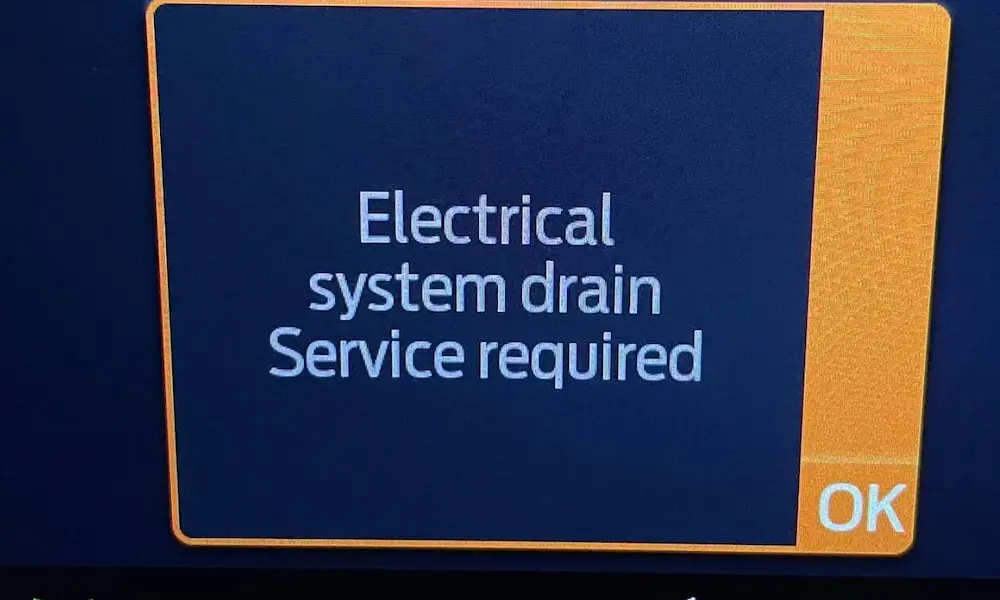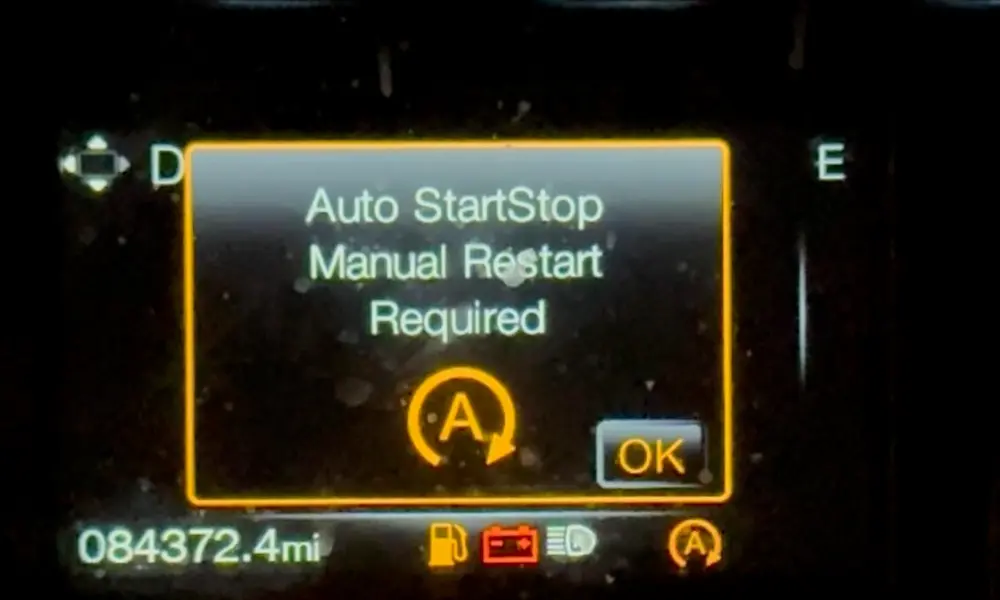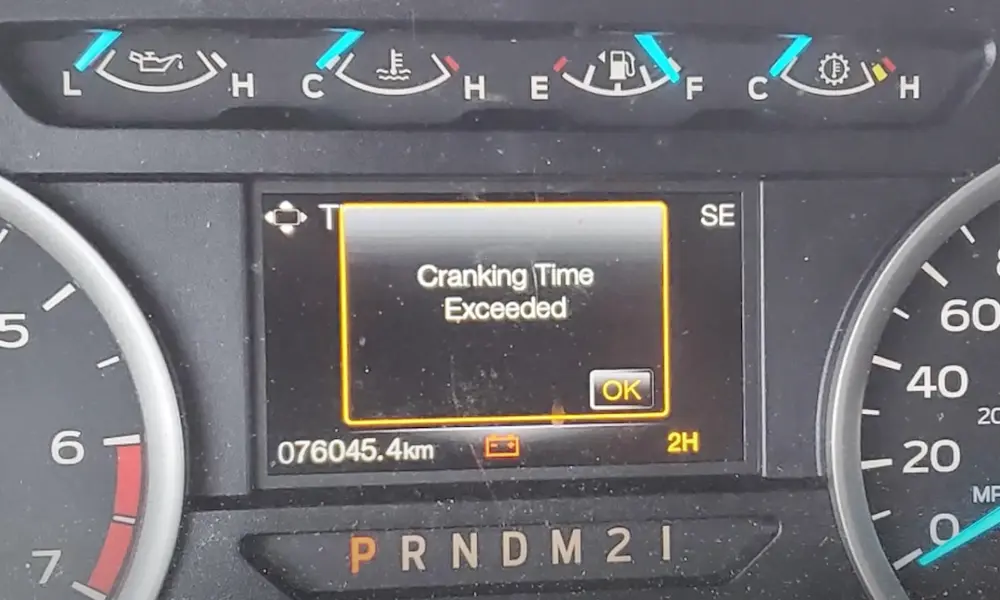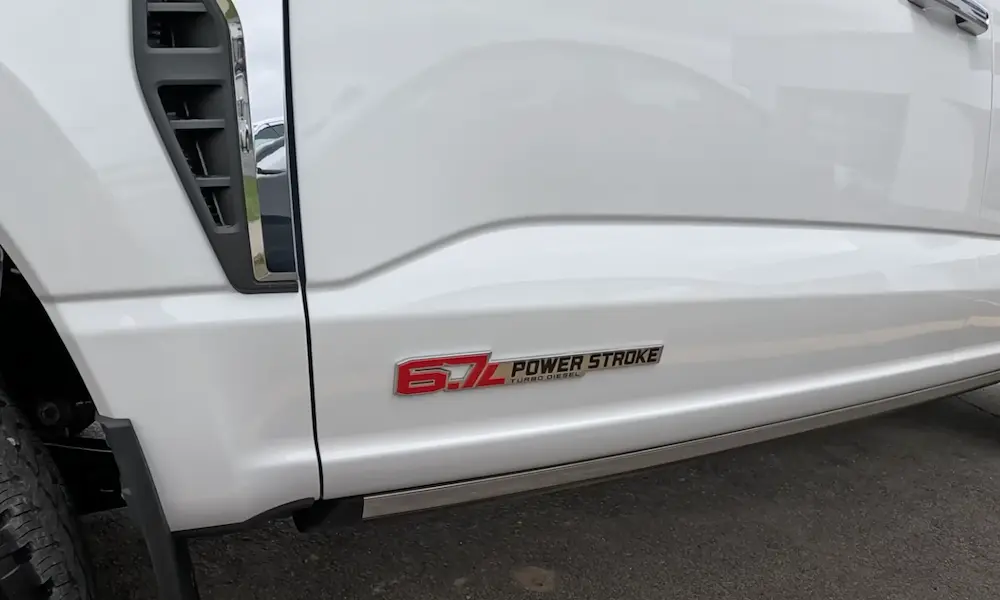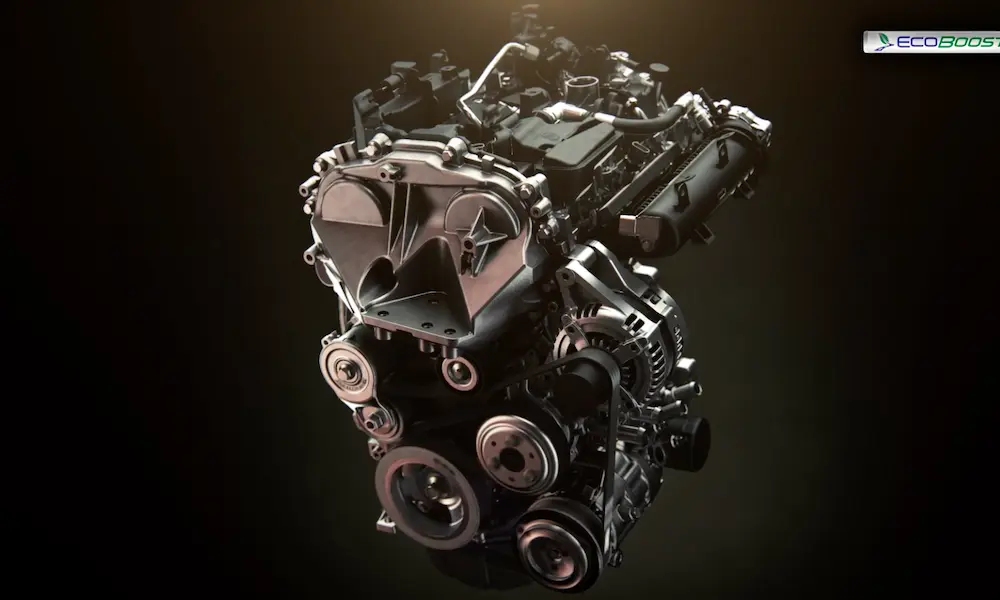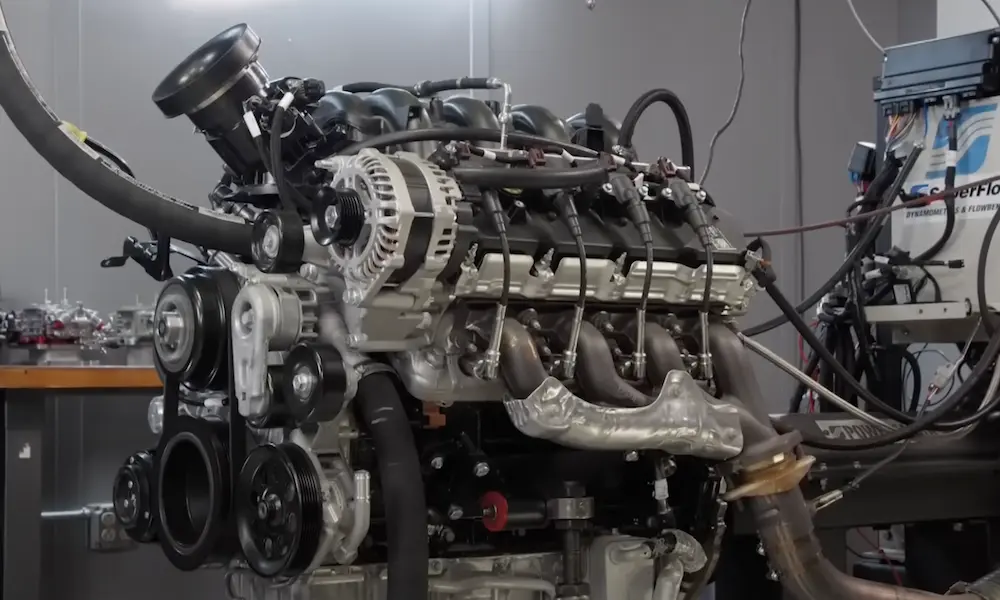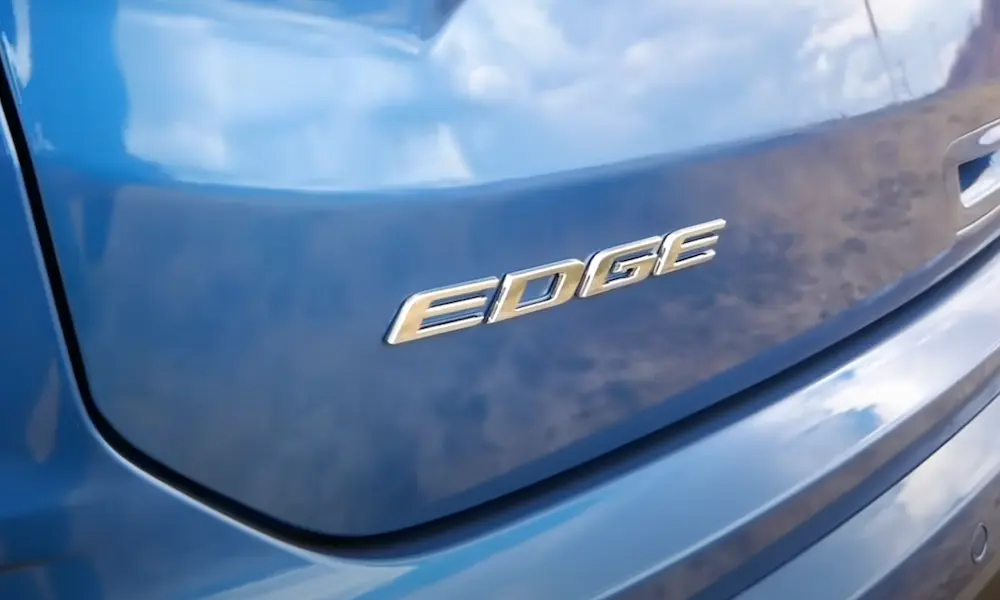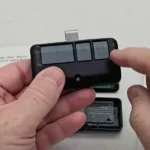Wondering why your Ford’s auto start/stop isn’t working? Or maybe your remote start feature suddenly stopped functioning after a battery change? The answer might be simpler than you think – your vehicle likely needs a Battery Management System (BMS) reset.
Let’s dive into everything you need to know about resetting your Ford’s BMS, from why it matters to the exact steps you’ll need to follow to get your vehicle running optimally again.
What Is a Ford BMS and Why Does It Matter?
Your Ford’s Battery Management System (BMS) is like a smart supervisor for your vehicle’s electrical system. It constantly monitors your battery’s health, manages charging patterns, and ensures all electrical components receive the right amount of power.
The BMS is particularly crucial for modern Ford vehicles with features like:
- Auto start/stop technology
- Remote starting capabilities
- Complex onboard electronics
When you replace your battery or experience certain electrical issues, the BMS needs to be “told” about these changes through a reset procedure. Without this reset, your Ford won’t properly recognize the new battery’s characteristics or properly manage its charging.
Signs Your Ford Needs a BMS Reset
Not sure if you need to reset your BMS? Look for these telltale signs:
- Auto start/stop feature stopped working suddenly
- Remote start doesn’t function (including through the FordPass app)
- Dashboard displays “Battery Saver Mode” warnings
- You receive “Drive to exit battery saver mode” messages
- You’ve recently replaced your battery
- Electrical features are behaving erratically
Many Ford owners have reported that after battery replacement, features like remote start through the FordPass app stop working until a proper BMS reset is performed. Think of it as reintroducing your car’s computer to its new power source.
How to Reset Your Ford’s BMS: Step-by-Step Methods
There are several proven ways to reset your Ford’s Battery Management System. I’ll walk you through each method from simplest to most involved.
Method 1: The High Beam and Brake Pedal Sequence
This is the most widely used and recommended method that works for most Ford models:
- Ensure all windows and doors are closed
- Turn your ignition to the ON position (don’t start the engine)
- For push-button start vehicles: Press the start button once without pressing the brake
- Wait about 10 seconds
- Flash your high beams 5 times in quick succession (pull the turn signal stalk toward you)
- Press and release the brake pedal 3 times
- Watch for the battery warning light on your dashboard to flash 3 times (usually within 10-15 seconds)
- When the light flashes, your BMS reset is complete
For best results, complete this entire sequence within a 10-second window after flashing the high beams.
Method 2: The Simplified Brake Method
Some Ford owners have success with this streamlined approach:
- Turn the ignition to ON position (engine off)
- Press the brake pedal 3 times within 10 seconds
- Wait for the battery light to flash, confirming successful reset
This simpler method doesn’t work for all models but is worth trying first due to its simplicity.
Method 3: The Overnight Auto-Reset
Don’t want to mess with manual procedures? Ford’s owner manuals confirm this hands-off approach:
- Install your new battery
- Leave the vehicle completely untouched for at least 8 hours (overnight is ideal)
- The system will automatically calibrate to the new battery
As one Ford owner confirmed: “Leave it sit overnight for at least eight hours and go back in the morning and see if the auto start/stop starts working and your passive entry with that one-touch smart lock and unlock with the handle starts working.”
Ford Models Compatible with BMS Reset Procedures
The BMS reset procedure applies to most Ford vehicles manufactured from approximately 2011 onwards, especially those with auto start/stop technology. While the general steps remain similar, there might be slight variations based on model and year.
Models where these reset procedures have been successfully applied include:
- Ford Escape (2014-2022 models)
- Ford Maverick (including 2024 Hybrid Lariat)
- Ford Edge (2013 models and newer)
- Ford F-150 (various model years)
- Other Ford models with similar BMS systems
Important Considerations When Working with Your Ford’s Battery
Proper Battery Connection Technique
When connecting jumper cables or battery chargers to Ford vehicles with BMS:
- Connect the positive cable first
- Connect the negative cable to a chassis ground point rather than directly to the battery’s negative terminal
This approach ensures:
- Your BMS receives proper data
- Any potential sparking occurs away from the battery (safer)
- The system can correctly monitor the battery’s condition
BMS Reset vs. Deep Sleep Mode: Know the Difference
Don’t confuse the need for a BMS reset with your Ford’s “Deep Sleep Mode,” which is a different feature. Deep Sleep mode activates when:
- Your vehicle sits inactive for 14+ consecutive days
- Battery voltage drops below 9.5 volts
- The vehicle experiences extremely cold/hot weather conditions
To exit Deep Sleep Mode, simply start your vehicle normally. It might take 20-30 seconds for systems like FordPass connectivity to reconnect.
Troubleshooting When BMS Reset Doesn’t Work
If you’ve tried resetting your BMS without success, consider these troubleshooting steps:
- Double-check your timing: The reset procedure often needs to be completed within specific time windows
- Check for model variations: Your specific Ford might have slight differences in the reset procedure
- Inspect your battery: A genuinely failing battery won’t be fixed by a BMS reset
- Try the overnight method: Sometimes letting your vehicle sit untouched for 8+ hours allows automatic calibration
- Visit your dealer: For persistent issues, Ford technicians can perform the reset using specialized diagnostic tools
Battery Maintenance Tips for Ford Owners
To keep your battery healthy and minimize BMS issues:
| Maintenance Task | Recommended Frequency | Benefits |
|---|---|---|
| Inspect battery terminals for corrosion | Every 3 months | Prevents poor connections and charging issues |
| Test battery voltage | Every 6 months | Early warning of battery degradation |
| Clean battery terminals | As needed when corrosion appears | Ensures proper electrical flow |
| Have battery professionally tested | Annually for batteries over 2 years old | Identifies weakening batteries before failure |
Understanding Battery Saver Mode in Ford Vehicles
Battery Saver Mode is your Ford’s way of protecting itself from complete battery drainage. When activated, it:
- Shuts down non-essential electrical systems
- Limits functionality to preserve remaining battery power
- Displays warning messages on your dashboard
This protective feature differs from BMS issues and typically resolves once you drive your vehicle for 15-20 minutes to recharge the battery.
| Common Battery Saver Mode Messages | What They Mean | How to Address |
|---|---|---|
| “Battery Saver Mode Active” | Non-essential systems are being limited | Drive vehicle to recharge battery |
| “Drive to Exit Battery Saver Mode” | Vehicle needs charging through driving | Take a drive for 15-20 minutes |
| “Battery Management System Fault” | The BMS needs attention beyond normal mode | Perform a BMS reset or visit dealer |
When to Replace Your Ford’s Battery
Even with proper BMS management, all batteries eventually need replacement. Look for these signs:
- Your vehicle struggles to start, especially in cold weather
- Battery is more than 4-5 years old
- Headlights dim noticeably when idling
- Battery warning light appears frequently
- Multiple electrical systems show inconsistent behavior
When replacing your battery, choose one that matches Ford’s specifications for your specific model to ensure proper BMS functioning.
DIY vs. Professional BMS Reset: Making the Right Choice
While BMS resets can often be performed at home, there are times when professional assistance makes more sense:
Consider DIY when:
- You’re comfortable following technical procedures
- Your vehicle shows simple signs of needing a BMS reset
- You’ve replaced your battery yourself
Seek professional help when:
- Multiple reset attempts have failed
- You’re experiencing complex electrical issues
- Your vehicle shows error codes beyond battery warnings
- You’re uncomfortable performing the procedure yourself
Protecting Your Battery During Long-Term Storage
If you’re storing your Ford for an extended period, take these steps to protect your battery and minimize BMS issues when you return:
- Fully charge the battery before storage
- Consider using a trickle charger/battery maintainer designed for smart charging systems
- Disconnect the negative battery terminal for storage longer than 30 days
- Store vehicle in a temperature-controlled environment when possible
- Plan to perform a BMS reset when returning the vehicle to service
Following these steps will help ensure your Ford starts right up when you’re ready to drive again.

